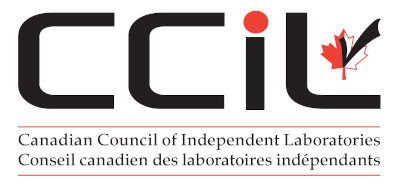News Release
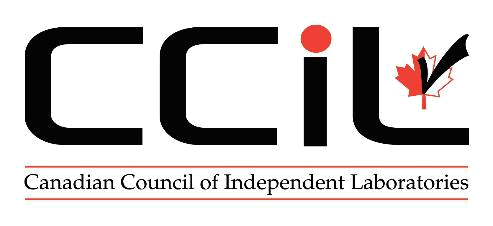
Dr. Doolittle’s Epic Road Trip
CCIL Honours the Father of the Trans-Canada Highway
Question: Who was the first Canadian to do a “road trip” across the country?
Answer: Dr. Perry Doolittle in 1925.
As the first President of the Canadian Automobile Association (CAA), Dr. Doolittle was a tireless advocate for the construction of a national highway. To promote this goal, he undertook a coast-to-coast automobile journey, travelling an all-Canadian
route.
Driving a brand new Model T, he left Halifax on September 8, 1925, and reached Vancouver 39 days later. The 7,715-kilometre excursion was mostly over dirt roads, and in some areas the Tin Lizzie had to be driven on train tracks because there were no
roads.
It was an amazing feat, and it captured the imagination of Canadians. While Dr. Doolittle didn’t live to see it, he was certain that his dream of a cross-country highway would be fulfilled. Today he is credited with being the Father of the Trans-Canada
Highway.
In recognition of this visionary, nation-building effort, the Canadian Council of Independent Laboratories (CCIL) has announced that this year – to mark the country’s 150th birthday – it will be honouring Dr. Doolittle with its Leadership Award.
A special presentation will be held in Halifax, where the 1925 road trip began.
WHEN: Monday, July 17, 2017
Luncheon 12:30 p.m., Presentation 1 p.m.
WHERE: Westin Nova Scotian
Harbour Suites AB
1181 Hollis Street, Halifax
Three of Dr. Doolittle’s great grandchildren will be attending – Meredith Ingraham of Margaree Valley, Nova Scotia; Ruth Young from Pennsylvania; and Nathaniel Thomas from New York. Together with officials of the CAA, they will be present
to accept the award.
Also attending will be Nova Scotia’s Transportation and Infrastructure Renewal Minister Lloyd Hines.
In addition, historic film footage of the 1925 road trip will be screened at the awards event.
Dr. Doolittle foresaw that a national highway system built to uniform standards would increase commerce and tourism, open up new regions of the country, speed goods to market, and bring Canadians closer together.
Officially opened in 1962 and finally completed to standards in 1971, the TCH was a remarkable engineering achievement. Constructed over some of the world’s most challenging terrain, it took 20 years and $1 billion (more than $8 billion in today’s dollars)
to build.
Over the years, many of CCIL’s members have worked – and continue to work – on portions of the national highway. They provide laboratory testing and consultation services to ensure that the design, materials and construction methods meet standards.
“We feel a special connection to Dr. Doolittle,” notes CCIL President Gordon Leaman. “It is therefore with great pride that we honour him and celebrate his legacy.”
About CCIL
CCIL represents the independent, private -sector laboratories in Canada. With more than 330 facilities across the country, our members provide a broad array of testing services that help safeguard Canadians from structural collapses, product failures,
environmental degradation and many other threats.
– 30 –
To learn more about CCIL, visit us at www.ccil.com
Media contact:
Megan Stephens
PR POST
416-777-0368
megan@prpost.ca
Biography
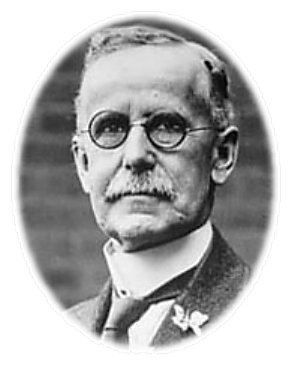
Dr. Perry Ernest Doolittle
Father of the Trans-Canada Highway
Biography
- Born March 22, 1861, in Luton, Ontario (near Aylmer)
- Graduated in medicine from Trinity College in Toronto in 1885
- Married Emily Esther Pearson in 1886, and settled in Toronto where he began his practice
- He was one of the first automobile owners in Canada, and the first physician in Toronto to visit his patients by car
- With a small group of motorists, he organized the Toronto Automobile Club and was elected its first president in 1903
- Elected President of the Ontario Motor League in 1914
- President of the CAA from 1920 to 1933
- Dr. Doolittle was recognized throughout Canada for championing good roads, uniform traffic laws throughout the country, and a national highway system
- In 1925 he became the first Canadian to drive a car, under its own power, from coast to coast along an all-Canadian route
- Died Dec. 31, 1933
Trans-Canada Highway Backgrounder
The Trans-Canada Highway
Passed by Parliament in 1949, The Trans-Canada Highway Act authorized the Government of Canada and provincial governments to build the highway on a cost-sharing basis. Work began in 1950.
The TCH was officially opened by Prime Minister John Diefenbaker in 1962, although much of it was still gravel at the time. In Newfoundland, for example, some sections were still being paved in the late 1960s.
Finally completed to standards in 1971, the TCH took 20 years and $1 billion (more than $8 billion in today’s dollars) to build. It stretches almost 8,000 kilometres from St John’s to Victoria.
There have been many upgrades since, such as twinning busy sections and adding lanes. Some provinces have also designated additional road links as part of the TCH, even though they were not built under the Act. Today, a total of about 12,800 kilometres
of road are classified as Trans-Canada Highway.
One of the longest national highways in the world, the TCH is recognized by its distinctive white-on-green maple leaf markers.
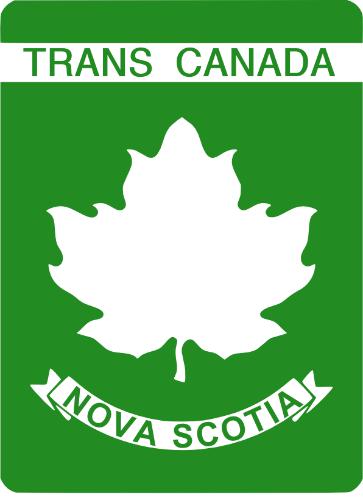
Photos of Dr. Doolittle and the Ford Model - T
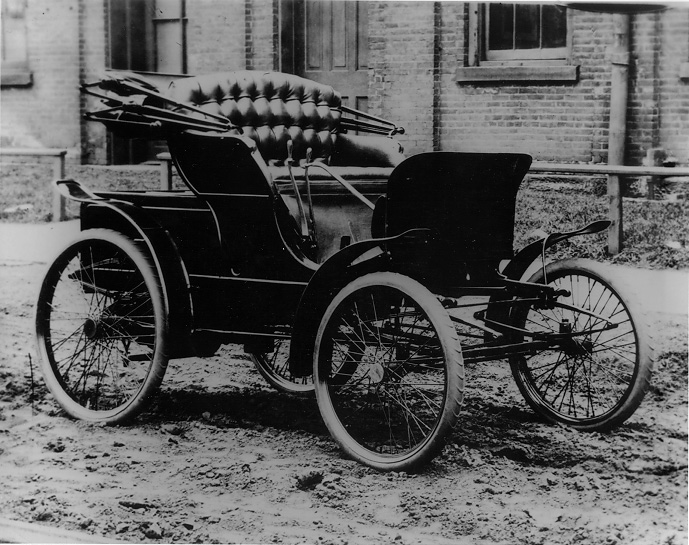

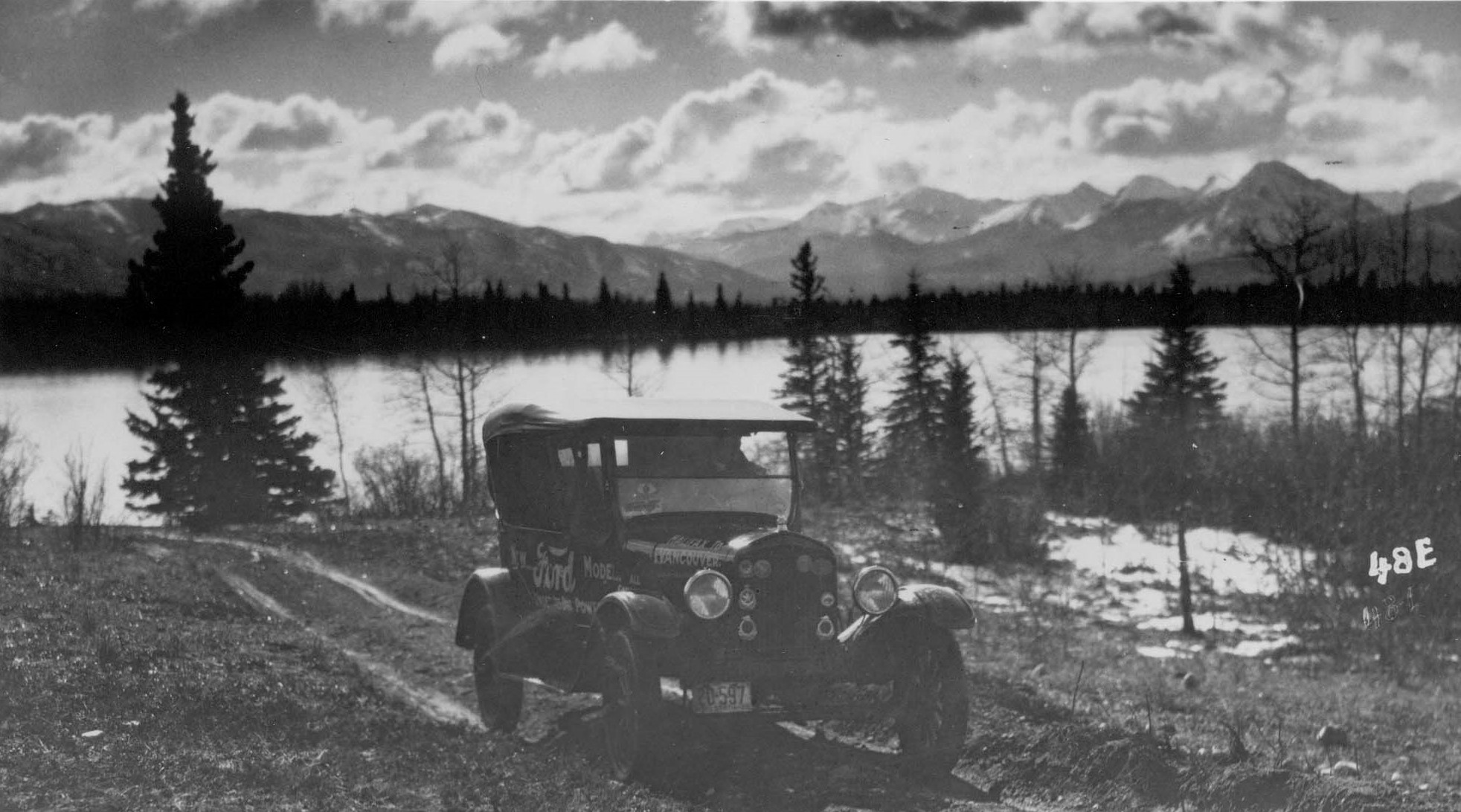
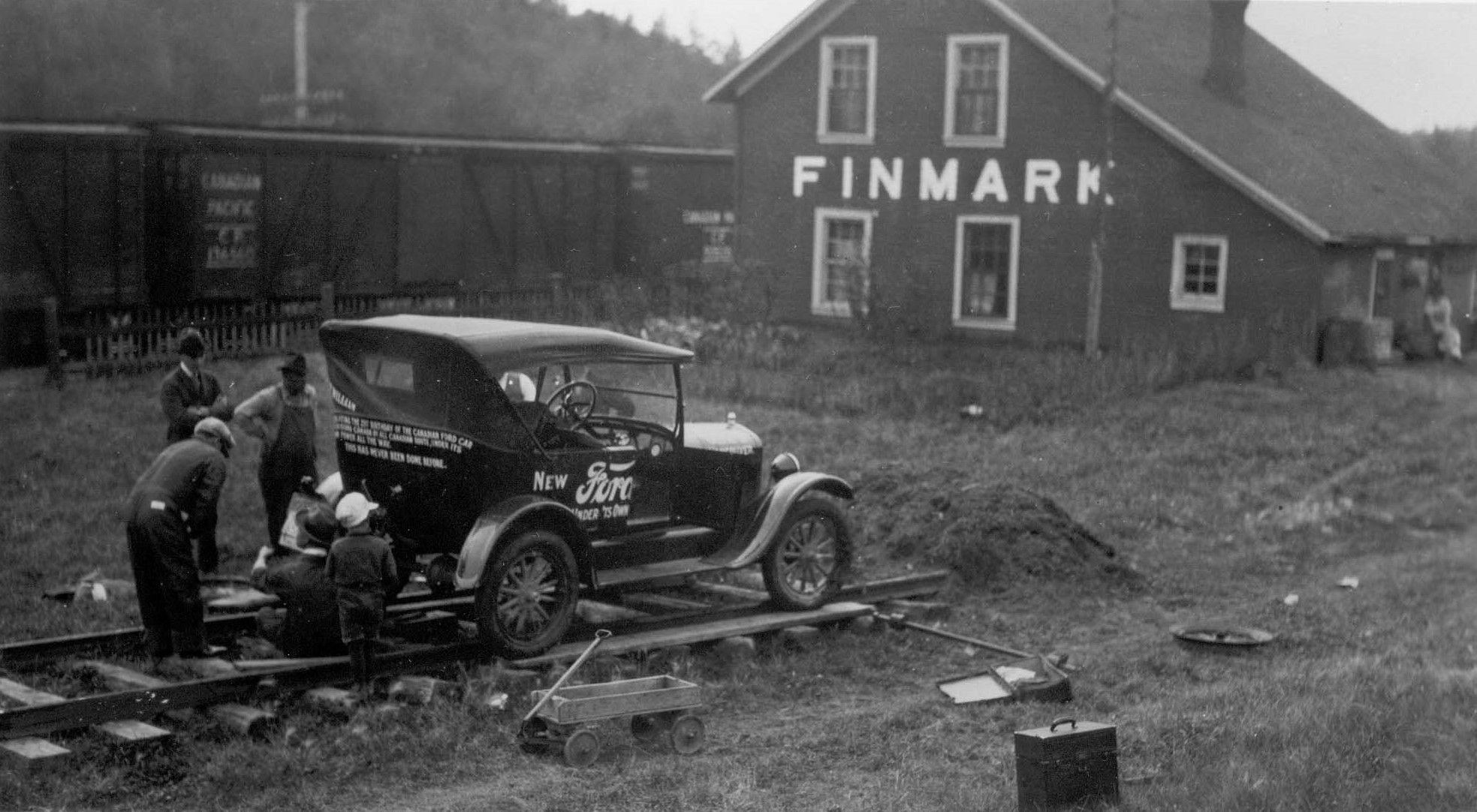
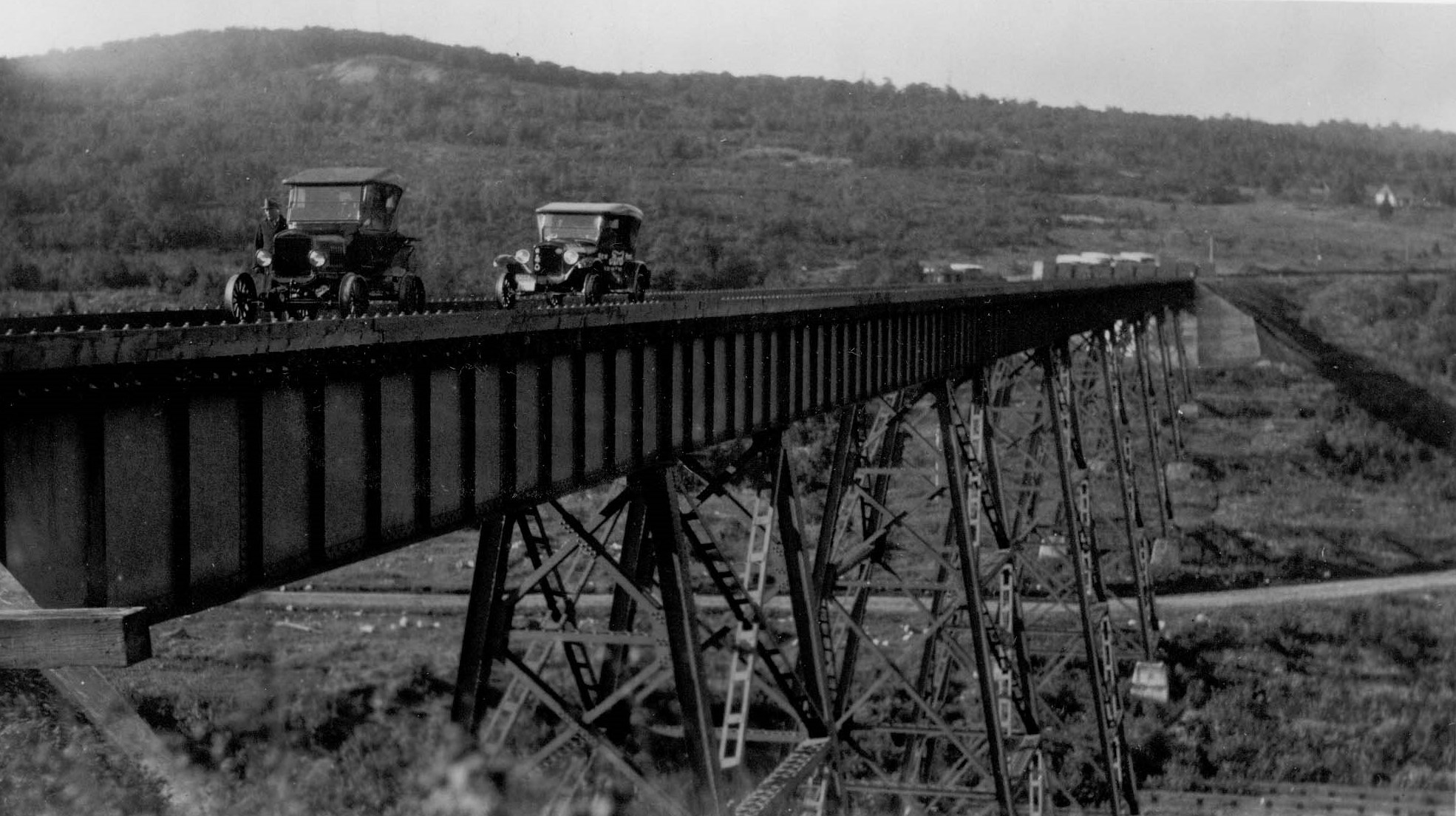
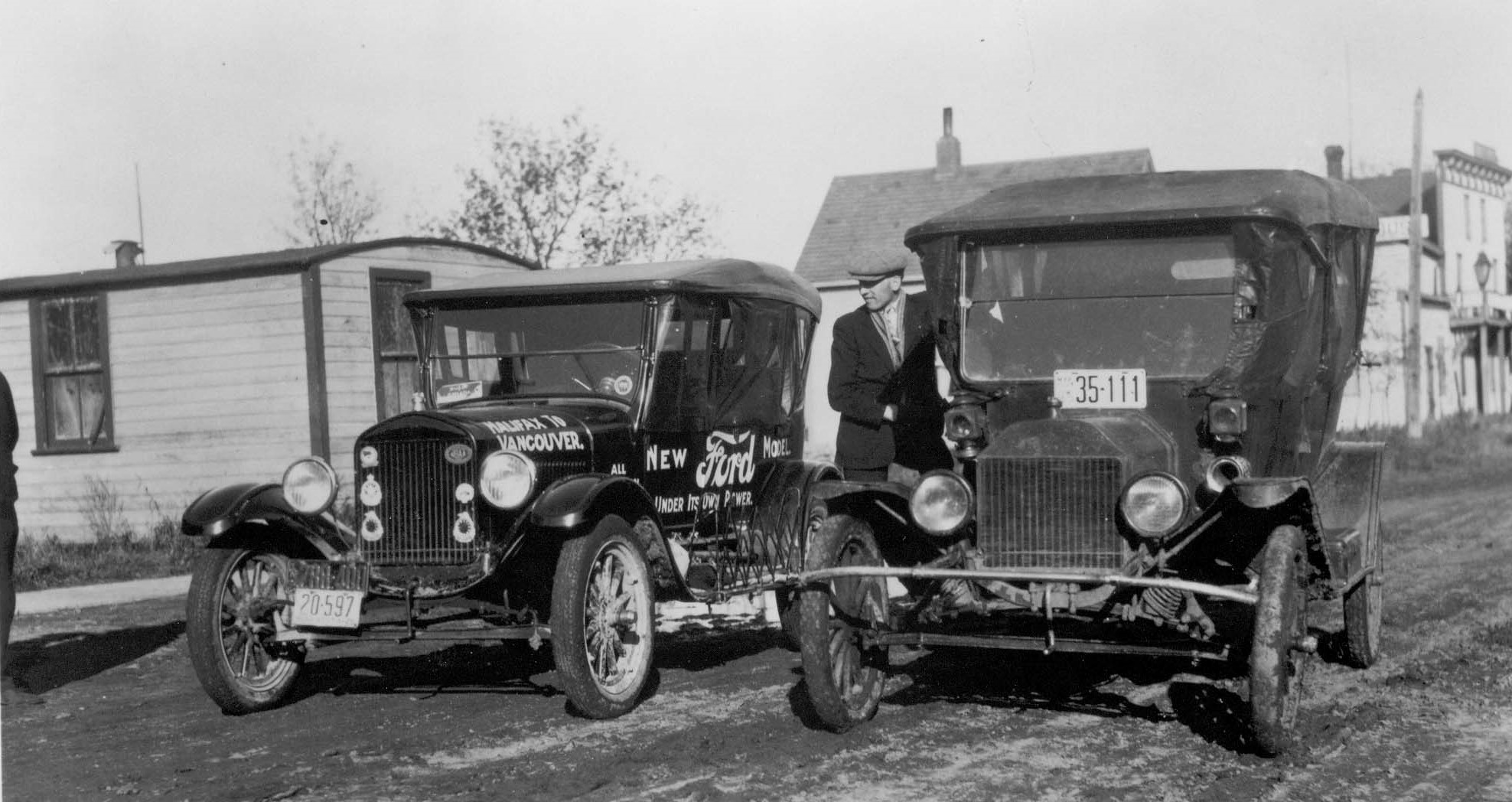
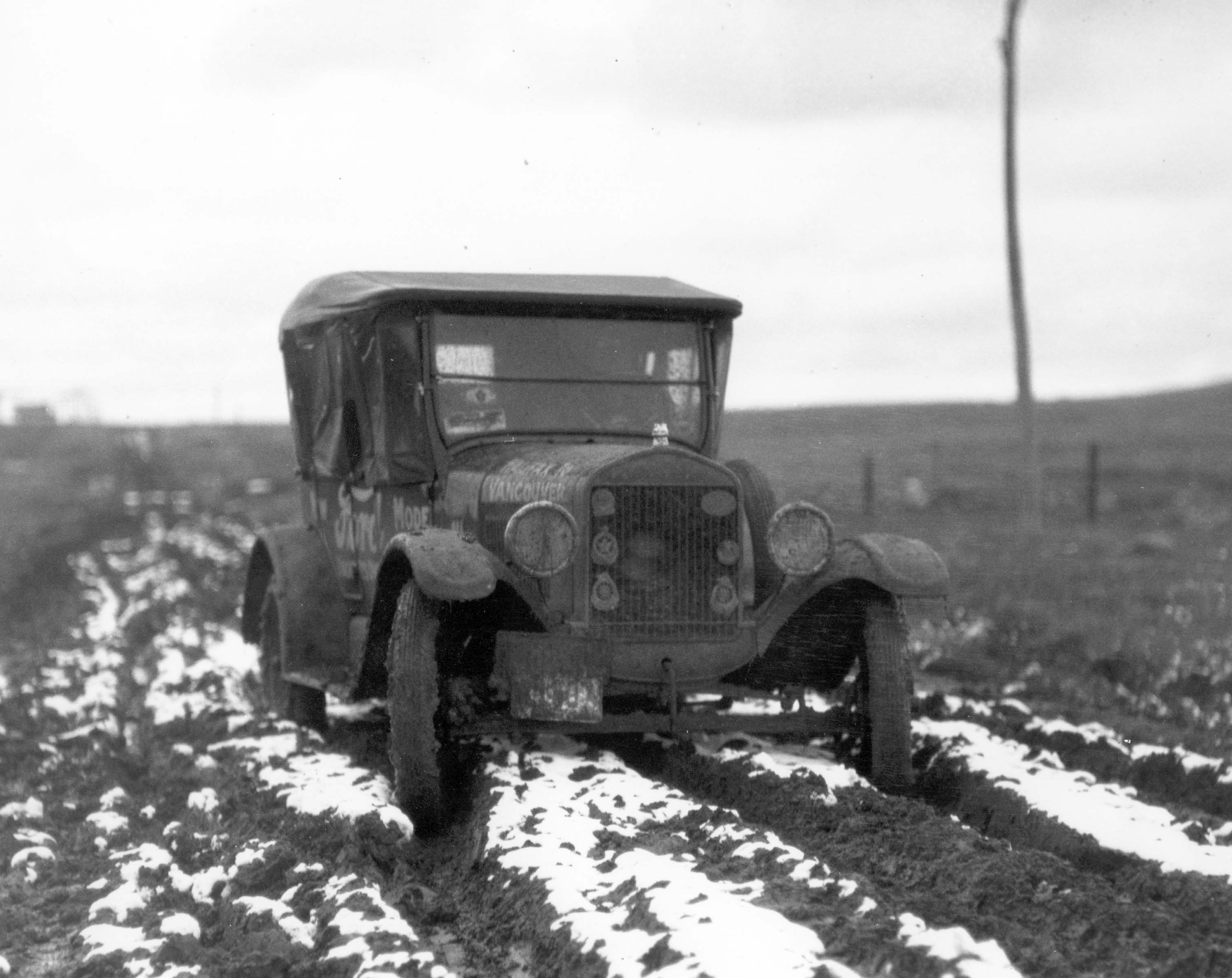
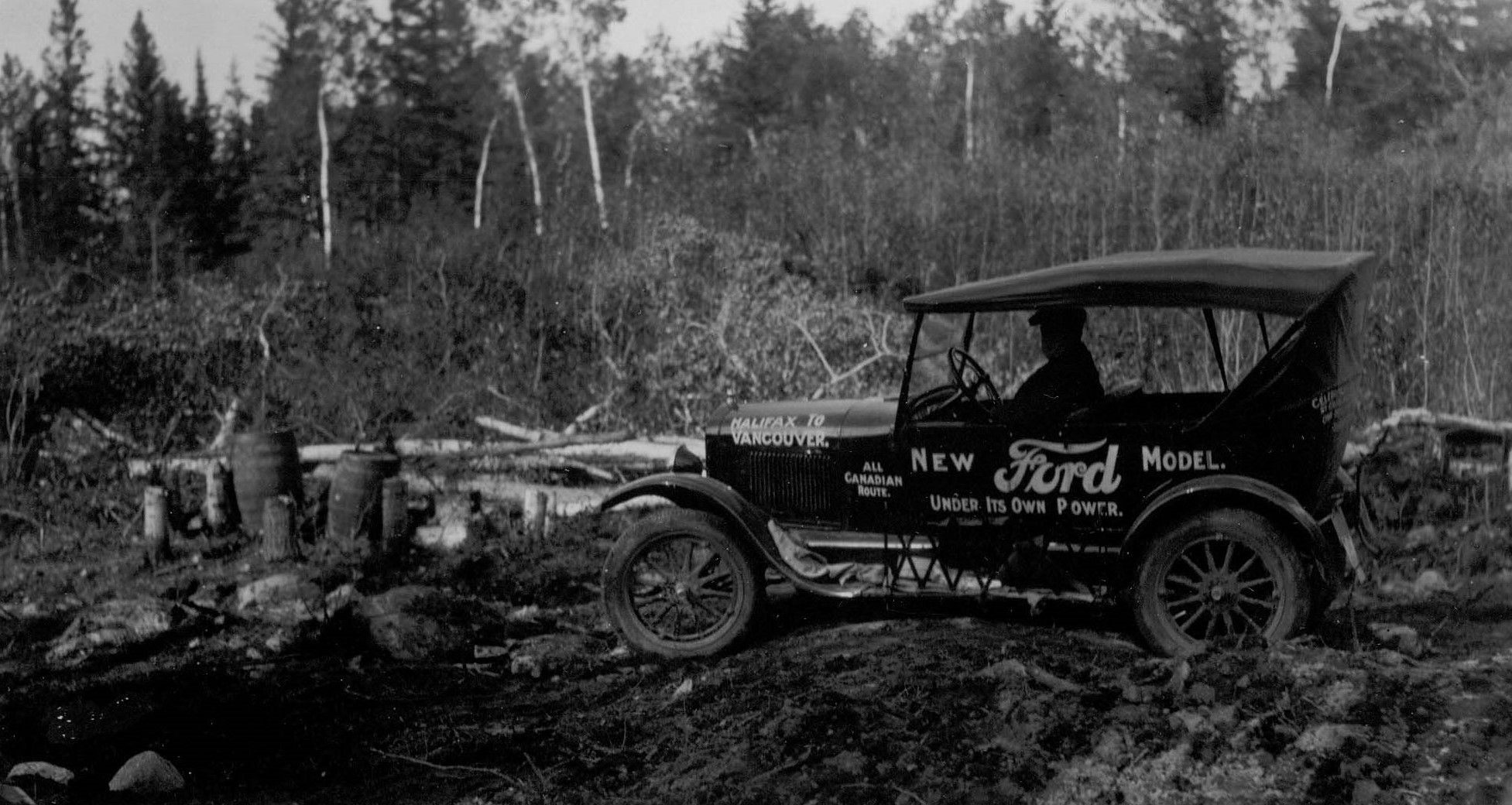
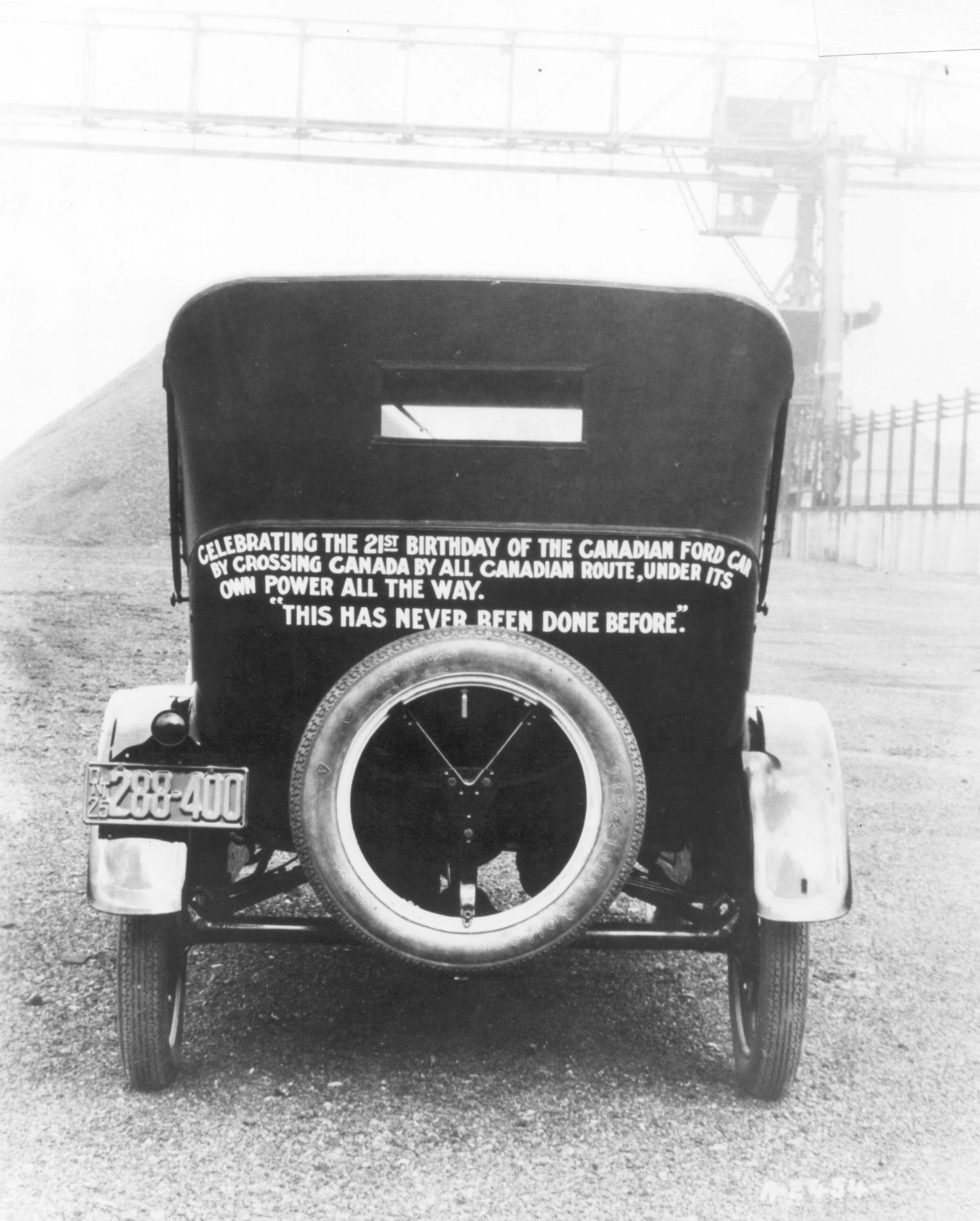
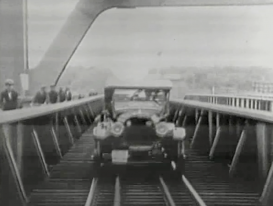
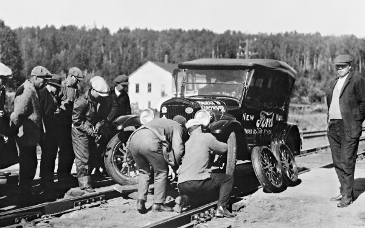
IMAGES OF DR. DOOLITTLE AND FAMILY
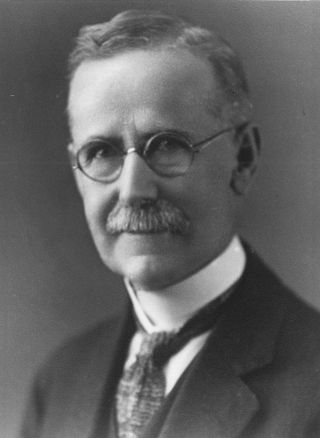

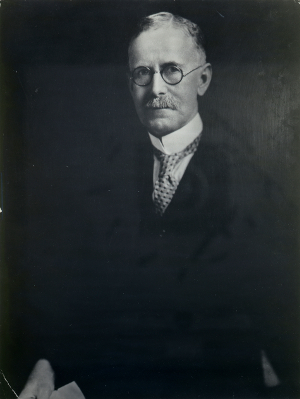
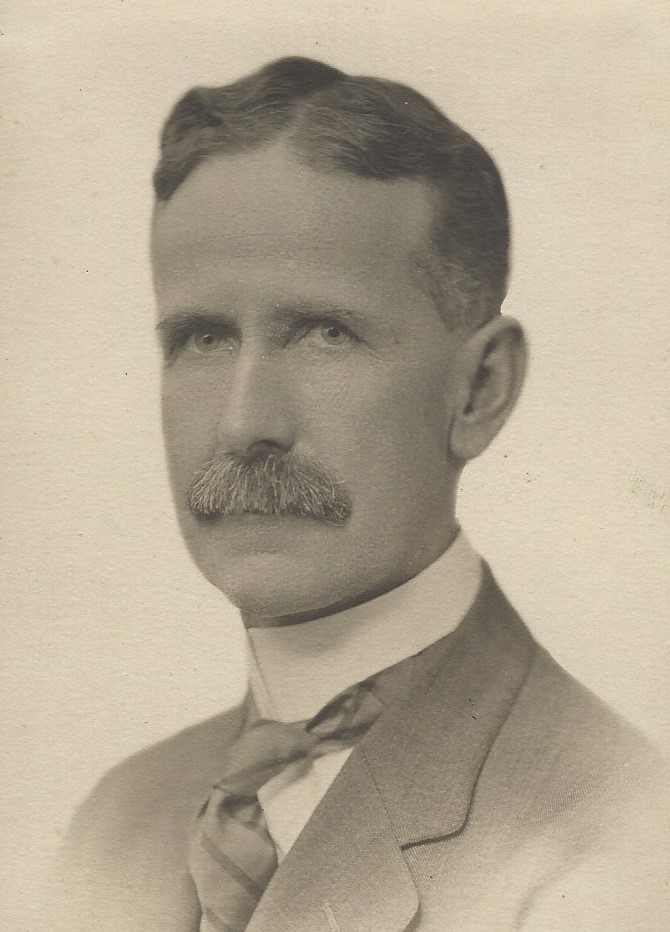
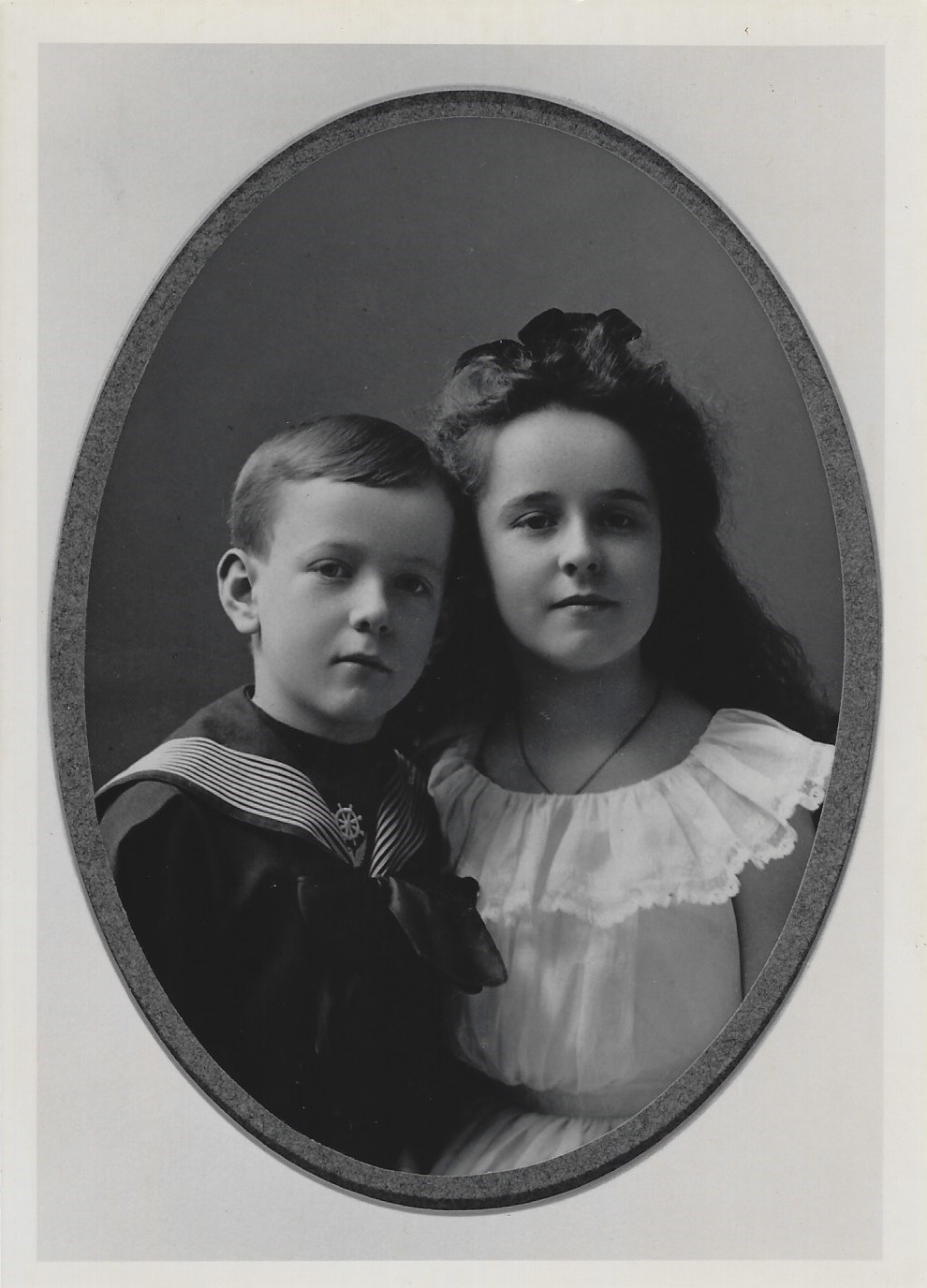
Photos from the Awards Ceremony

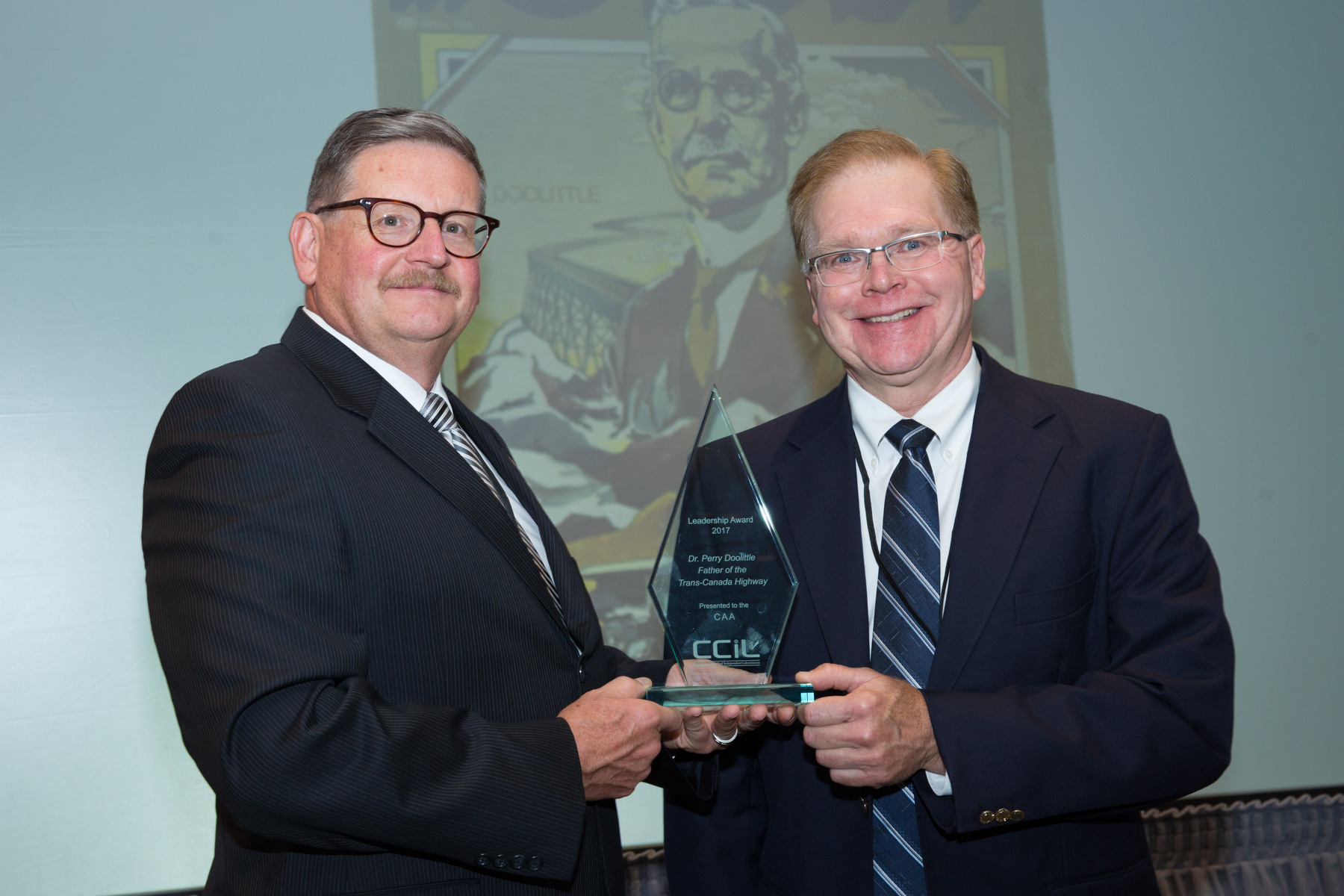
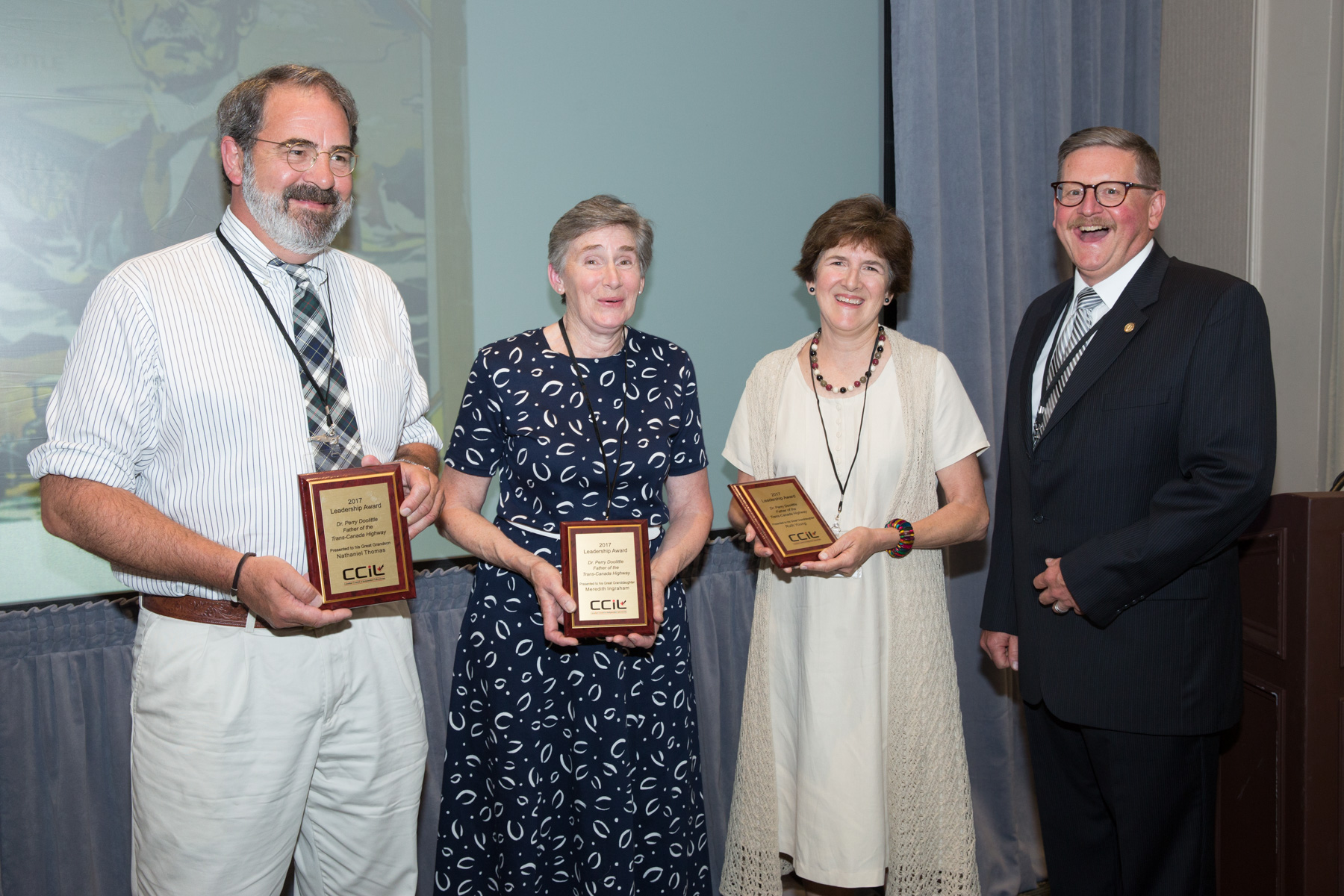
Nova Scotia; and CCIL President, Gordon Leaman.
Video
Media Coverage
Chronicle Herald: Trans-Canada Highway advocate being honoured in Halifax
Big Dog 100.9 FM: Father of Trans-Canada Highway honoured with achievement award
Cape Breton Post: Father of the Trans-Canada Highway’s cross-Canada excursion remembered
The Guardian: Father of the Trans-Canada Highway’s cross-Canada excursion remembered
National Post: Father of the Trans-Canada Highway’s cross-Canada excursion remembered
CTV National: Father of the Trans-Canada Highway’s cross-Canada excursion remembered
MetroNews: Dr. Perry Doolittle, father of Trans-Canada Highway, honoured in Halifax
CTV Atlantic Interview (Video): Dr. Perry Doolittle remembered
CTV Atlantic: Father of the Trans-Canada Highway’s cross-Canada excursion remembered
Global News: ‘Father’ of Trans-Canada Highway honoured for early work on project
